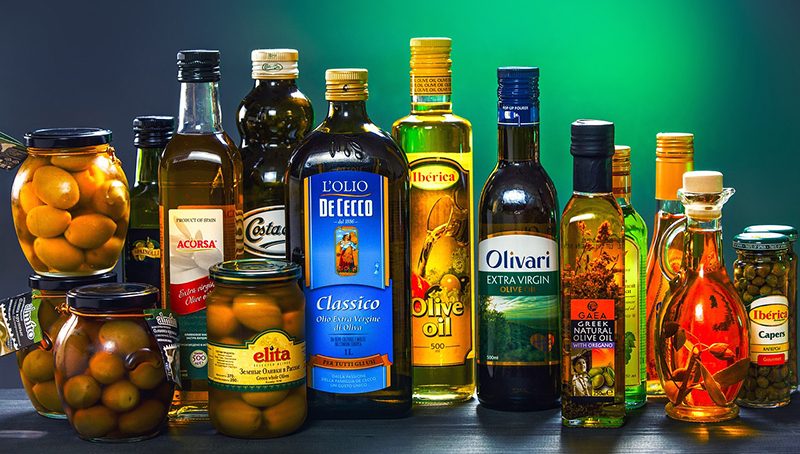
When and Why – Brief History of Hydrogenation
Part 2 of 4
The first patent to hydrogenate liquid oils was filed in 1902, and by 1911 Procter & Gamble began marketing Crisco, made largely from partially hydrogenated cottonseed oil.
Butterfat was in short supply, thus the less expensive whale and fish oil were hydrogenated. Soon after, the U.S. began to import soybeans for protein.
What to do with all that leftover soybean oil? Hydrogenate and market as a substitute for butter, of course!
The marketing agenda ramped up during the shortages of WWII, and the myth that margarine was healthier than butter (made from that devil, saturated fat) was well underway.
(Hopefully you are picking up the tongue-in-cheek sarcasm. We rely on the intuition and logic that natural foods in proper proportions that supported humans and animals for millenia are probably good for our health, regardless of the scientific fashion of the moment.)
Features of Hydrogenation
Storage
Unlike butter, which is hard when cold, margarine could be taken straight out of the refrigerator or cellar and immediately spread on bread. This became a major marketing tool. Furthermore, butter tends to get soft at room temperature and almost runny in high temperatures, whereas margarine made from hydrogenated oils stays firm at room temperature. Kinda like plastic…
Price
Margarine and shortenings could be produced and sold much cheaper than butter. That alone would be enough to drive manufacturers into a frenzy of marketing campaigns. If consumers believe the disinformation that saturated fat is bad and margarine is more healthy, why wouldn’t they switch to less expensive margarine?
Mouthfeel & Texture
Historically, lard and butterfat were used for baking. Manufacturers tweaked the chemical composition until hydrogenated fat provided superior baking properties compared to lard. It was a quick leap for margarines made from hydrogenated soybean oil to replace butterfat in home baking.
People get used to things tasting and feeling a certain way. To this day, restaurants and commercial food manufacturers are reluctant to give up their hydrogenated fat recipes, citing taste and texture preferences in their customers. Some people claim that food manufacturers continue to use trans fats because they are addicting. Who knows?
Cooking
When hydrogenated, the chemical structure of the oil is changed, resulting in a higher melting point. For this reason, it is often used in frying and pastries.
Extended Shelf Life
Real vegetable oil tends to go rancid when it sits around too long. Goods prepared with hydrogenated oils significantly extend the shelf life of packaged goods (we are reluctant to call these “foods”).
Thus, production and consumption of hydrogenated fats increased until the 1960s, based on the lower costs and the claims of advocates that the unsaturated trans fats of margarine were healthier than the saturated fats of butter. By the 1990s, enough alarms had been raised and studies completed to refute this claim.
Once again, butter became the rage of the natural health crowd.
Not only that, challengers stepped up to the plate, refuting the claim that saturated tropical vegetable oils such as palm and coconut oil are bad for your health. In fact, much evidence was provided to support proponents’ claims that palm and especially coconut oil have many protective health benefits, but that is fodder for another article.
Related Articles:
Trans Fat Part 1 – No Trans Fat
Trans Fat Part 2 – History Of Hydrogenation
Trans Fat Part 3 – What Are Trans Fats
Trans Fat Part 4 – Bad Trans Fat Destroys Your Health
[…] History Of Hydrogenation […]